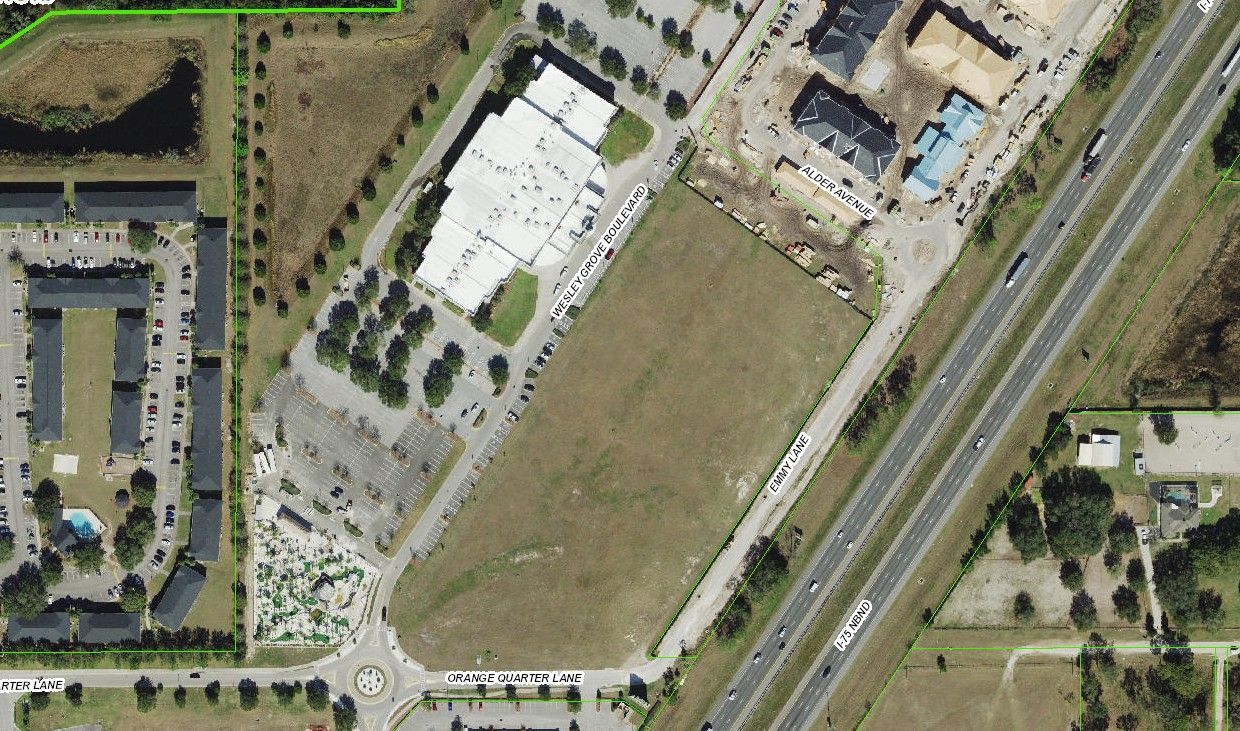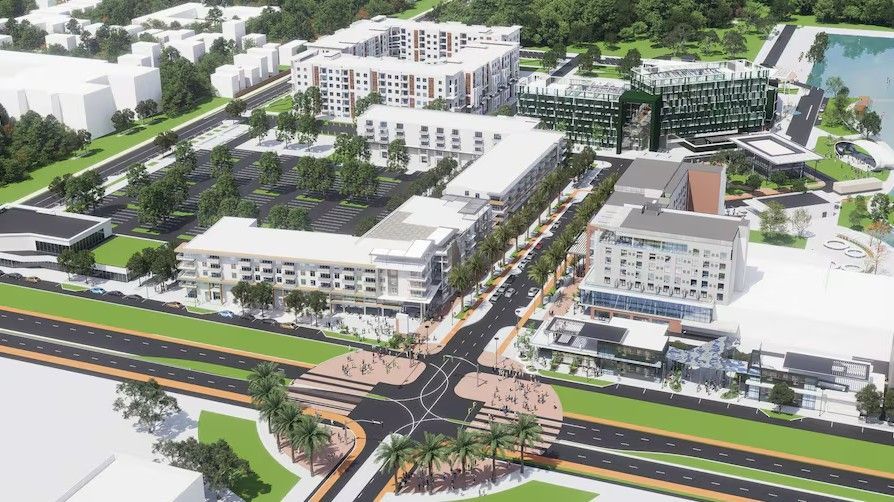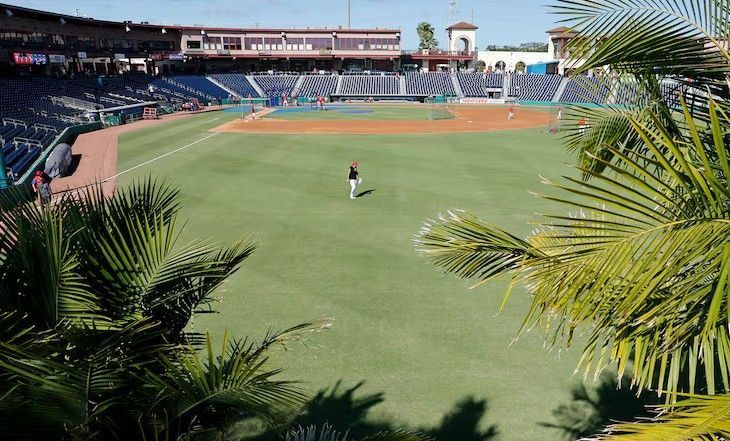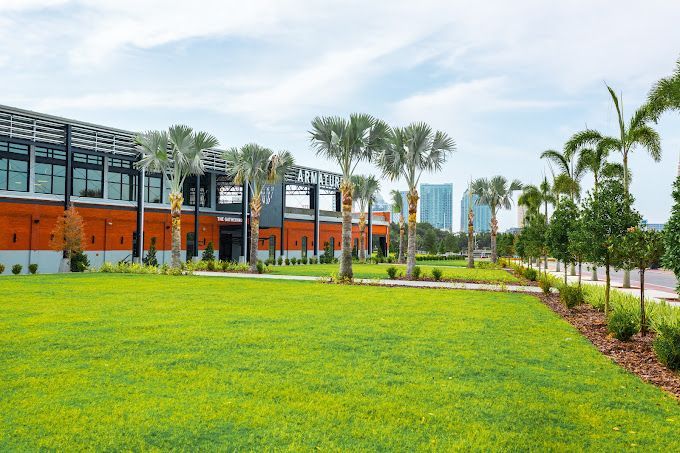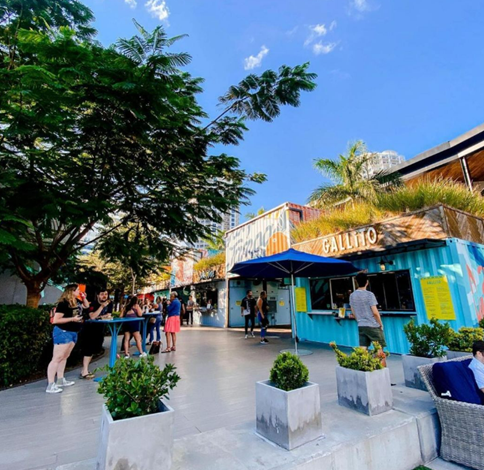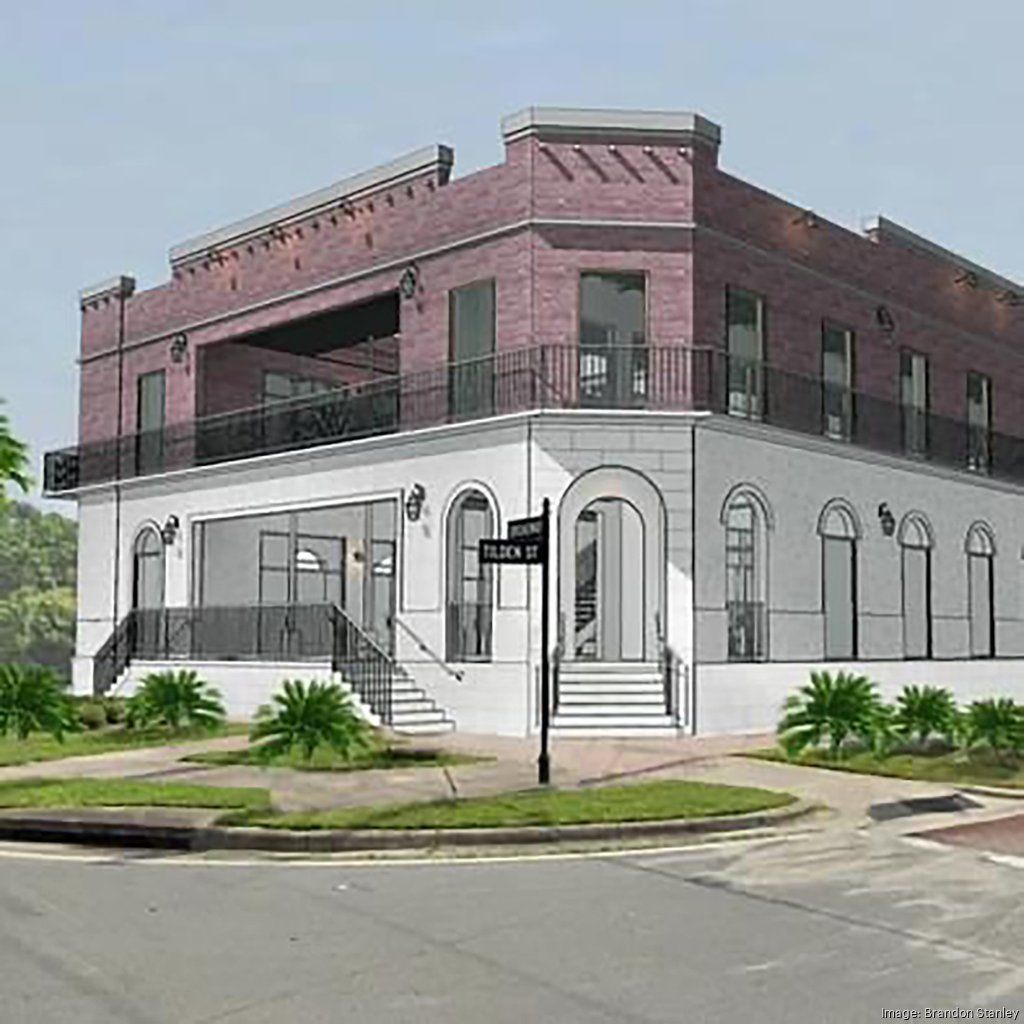Food Halls are becoming a hot investment for suburbs
The rise of hybrid work and those wanting to try more diverse foods are inspiring developers to capitalize on food halls, once a staple of primarily large cities. Now suburbs are seeing a rapid increase in food halls. Food halls create an opportunity for a collection of small diverse restaurants to offer shared seating with a variety of diverse cuisines. National fast-food chains are usually avoided in food halls, and local restaurateurs, craft beer, and a modern inclusive environment draws in patrons inviting them to try cuisines they may not have before.
Currently, the U.S. has at least 364 food halls with 120+ anticipated to open by the end of 2024 according to Cushman & Wakefield’s food-hall development consulting group – the Colicchio Consulting Group. This is 10x+ the number of food halls that were open a decade ago, with a chunk of them being in New York. Now, they are scattered everywhere.
The COVID-19 pandemic fueled the growth of food hall expansion, as they weathered the pandemic better than the broader restaurant industry. According to Trip Schneck, executive managing director at Cushman & Wakefield, only a couple dozen food halls have closed since 2020. During the pandemic’s rise of remote work, an influx of people moved from major cities to suburbs for more space. This caused an increase in demand for food halls in the suburbs as people wanted a place to socialize and experience unique cuisines.
Successful food halls need a popular bar, regular events such as trivia or live music, and events that attract consumers beyond the lunchtime crowd. Food Halls do remain a large, up-front investment for owners, as they build out kitchens and buy equipment used by each vendor. Some food hall owners may even pay for utilities and maintenance.
Tampa and surrounding areas have been a part of the food hall boom. In Tampa alone, there are two of them - Armature Works and Sparkman Wharf. Food Halls typically utilize buildings that have been previously occupied and are converted into an area with numerous stalls for vendors, and seating areas for patrons.
Before Armature Works functioned as a food hall it was TECO’s streetcar warehouse, originally built in 1910. Tampa Armature Works, a phosphate machinery manufacturing company, purchased the building In 1960, and eventually the building was sold to developers Chas Bruck and Adam Harden of SoHo Capital. They invested $20 million to remodel the building and add additional structures. The walls of the food hall are the original and retain the original paint from the streetcar barn, and the old wooden roof was milled down to be used as hardwood flooring throughout the hall. The walk in safe also is now used as storage for bottles of wine. Armature Works is now a popular destination in the Heights suburb of Tampa.
Another popular food hall and Tampa’s only outdoor food hall is Sparkman Wharf, which opened in November 2019. Sparkman Wharf was one of the first concepts of Water Street to open. The park is made up of 10 chef-driven restaurants in repurposed shipping containers, a covered biergarten, an outdoor stage with live music, and an expansive lawn with games, fitness events, and waterfront views right off Cruise Terminal 2. On any given day, spectators may get to witness cruise ships dropping off/picking up guests. Sparkman Wharf is a popular destination for those in Tampa's downtown area.
In Dunedin, a newly built food hall with a carousel bar, 4 food vendors, plus retail options will open in December. The concept, called the Dunedin Mix, is inspired by classic New Orleans architecture, is just another example of the driving demand to bring food halls to suburban communities.
Source: The Wall Street Journal
Thank you for your interest. If you are in need of Appraisal & Valuation Services in, contact:
Mike Cliggitt, MAI, MRICS, CCIM
813.405.1705 - Direct Line
SHARE CONTENT
